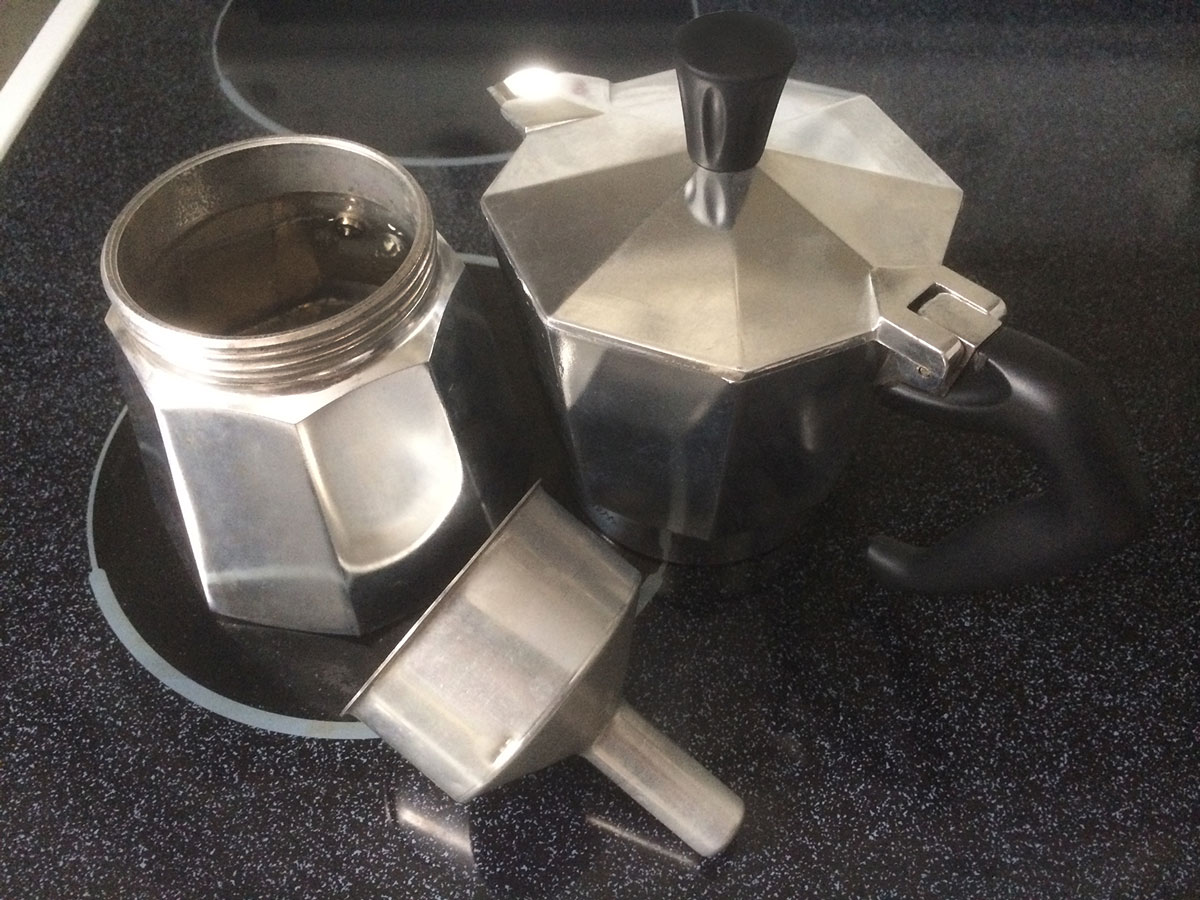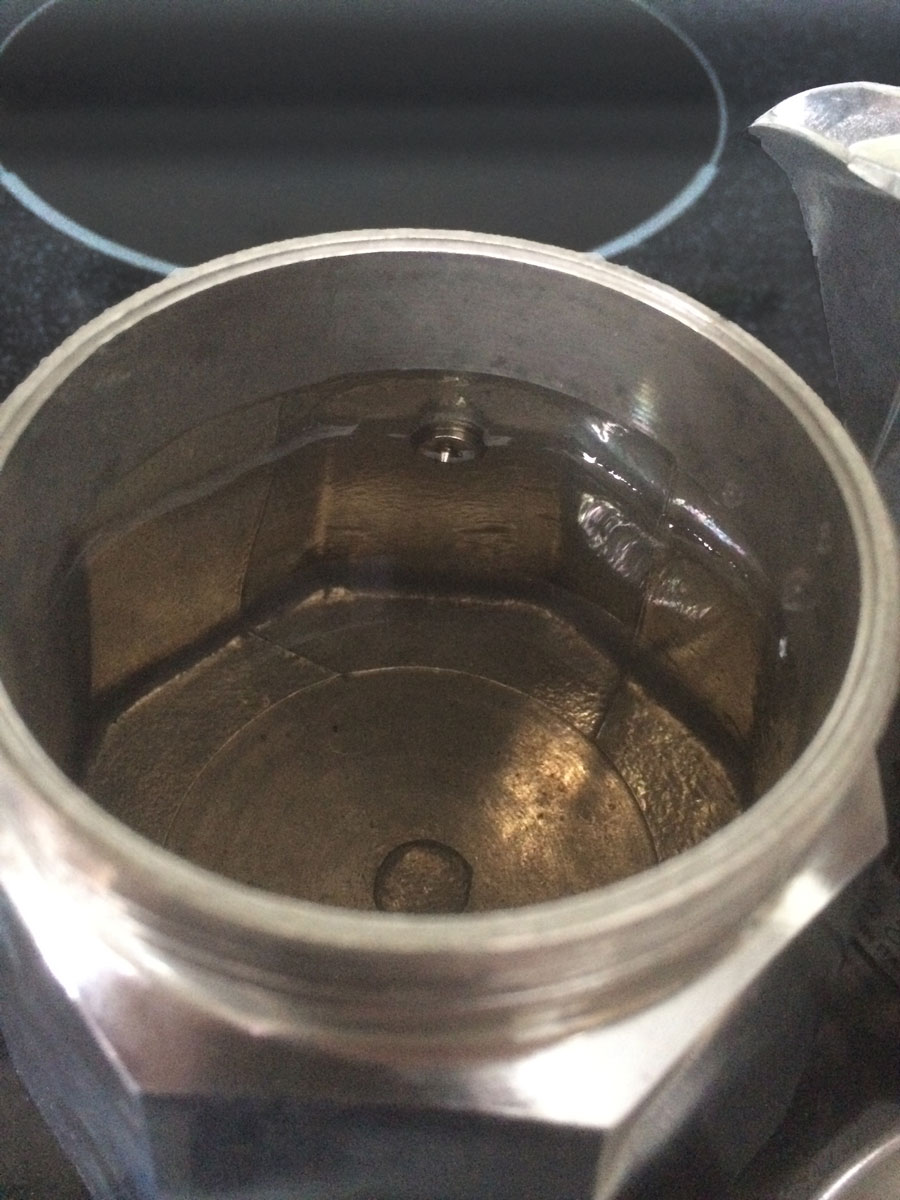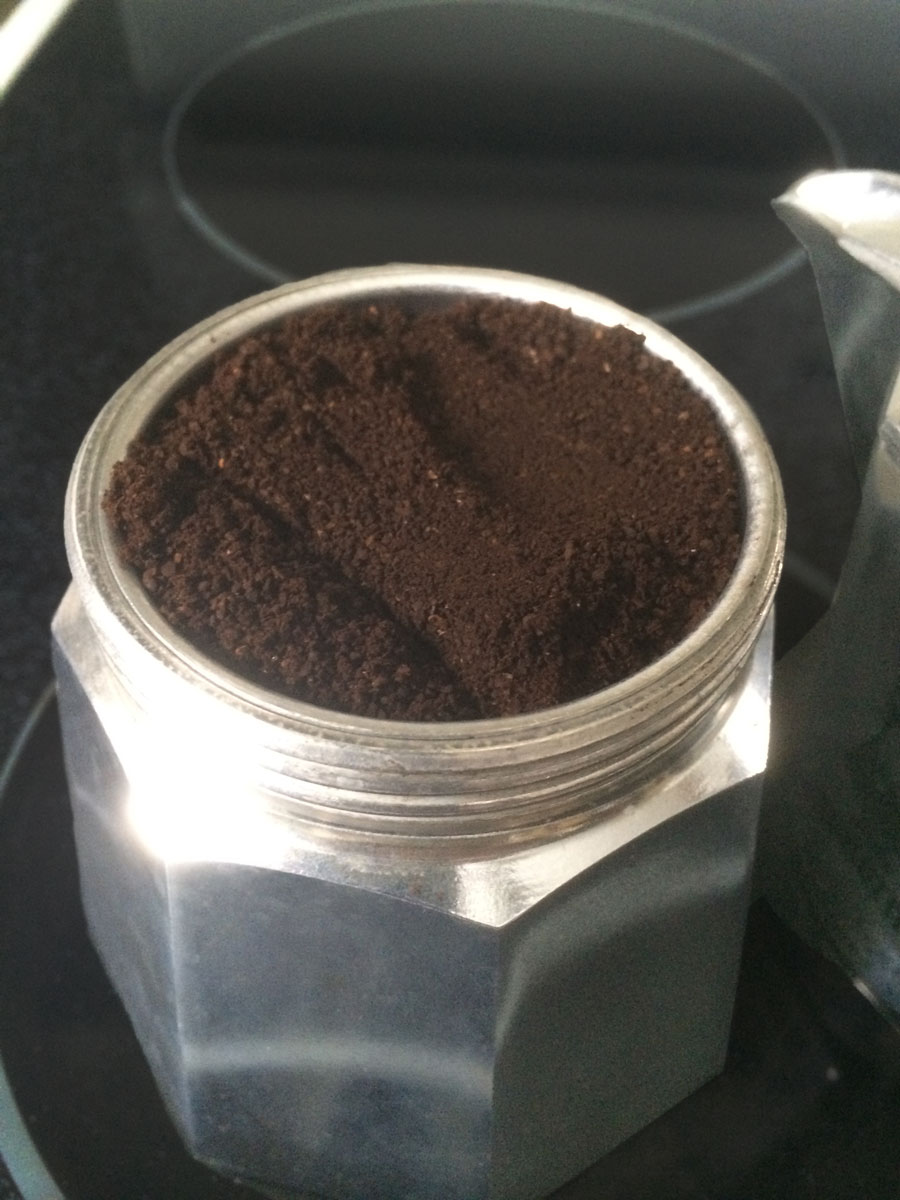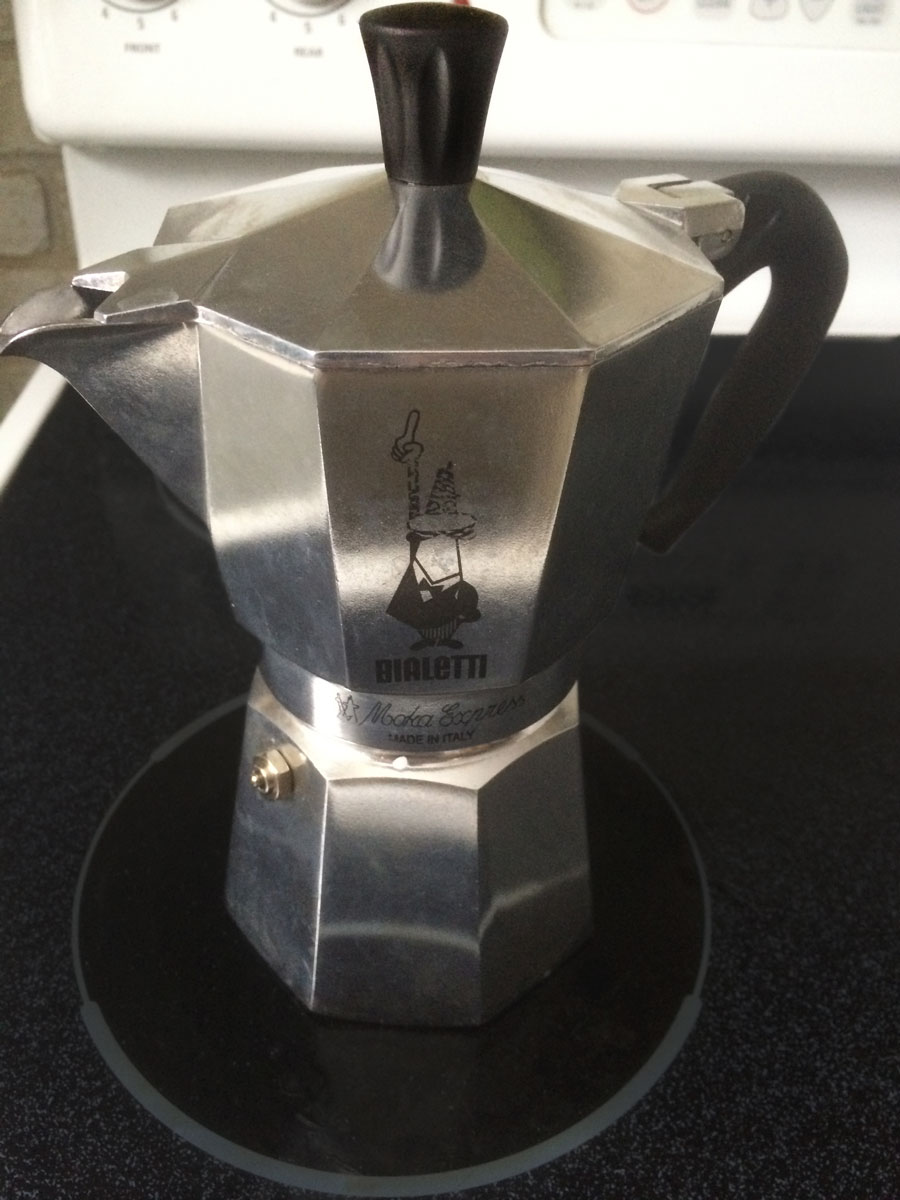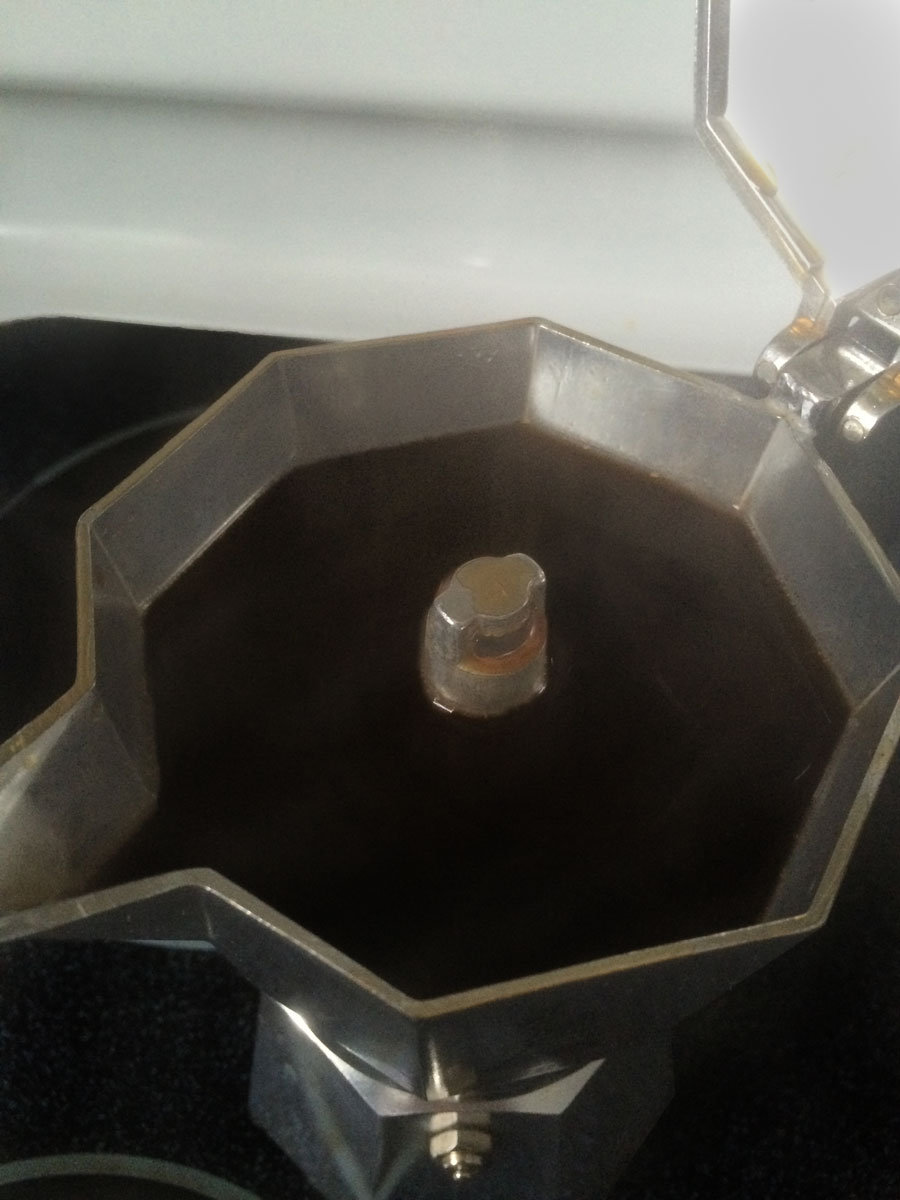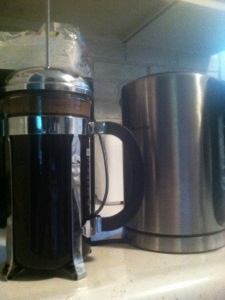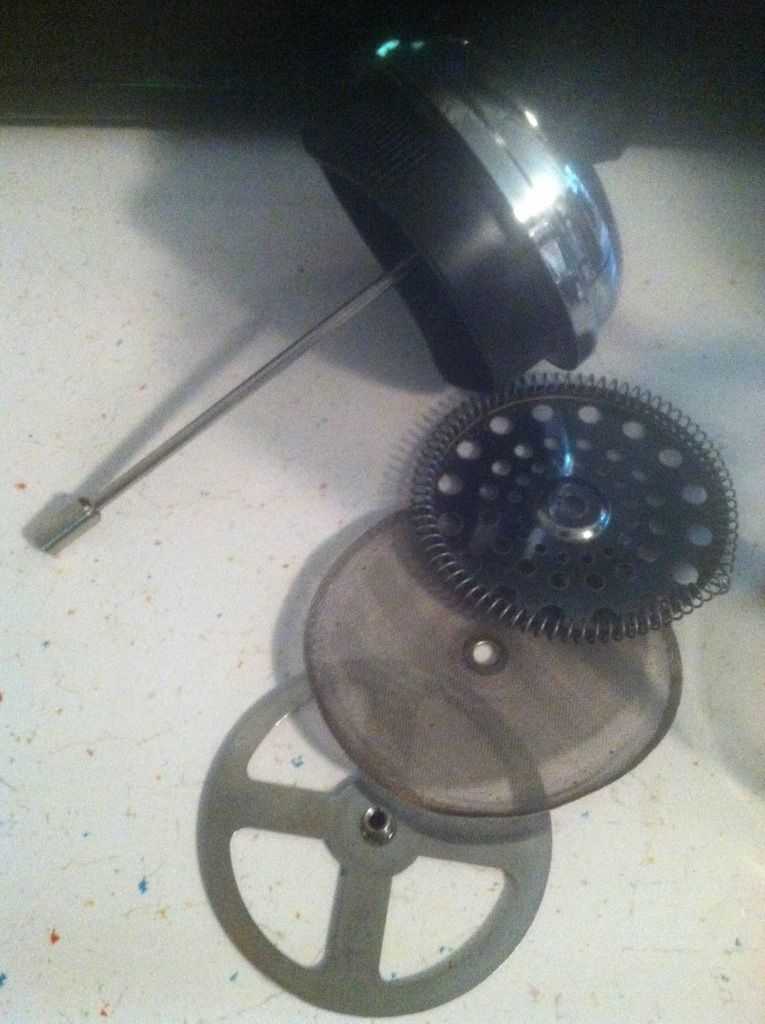Scuba diving is an exciting and, when done properly, safe activity. I am licensed as an open water diver, the most basic certification, and certified as a dry suit diver, since I am in Wisconsin, and any diving I do here is pretty cold.
Before going any farther, this post will talk about how to get started, including how to get the training to get certified. DON’T THINK YOU CAN DIVE because you read this or anything else online. GET CERTIFIED. While diving with the proper training is a reasonably safe activity, diving beyond your capabilities CAN KILL YOU. If anything here conflicts with what your instructor tells you, go with the instructor.
With the nod to the lawyers out of the way, let’s talk about why you might want to dive. I love to see shipwrecks, of which there are a lot in the Great Lakes. I also love the freedom, the feeling almost of flying that you get underwater. You may also want to take your nature viewing to a new level, or be an explorer in one of the last places you can go that people haven’t already seen. The underwater world is one that not many people get to experience firsthand, and there is something special about being one of the few that gets to.
Certifications:
Before most dive shops will sell you life support equipment, or charters will allow you to dive, you need to be certified, at least as an open water diver, and then for any specialties required for the dive, like deep dive, nitrox, or dry suit. There are several organizations offering certifications, the two most common being PADI and SSI. PADI is by far the most common one in the US, SSI seems to be more popular in Europe. My certifications are through SSI, mainly because of a relationship I had with a specific dive shop.
Some resorts have a “resort course” that allows you to dive with one of their guides, but does not carry over to anything else. These can be a good way to try diving, but remember they are only good for that resort, and probably only for that trip. Before you do any training, make sure of what you are getting.
The next level is open water certification. This will be taught through a dive shop, some resorts, or other charter/dive operations. To get the certification, you need to complete certain classroom time, which can also be completed online through SSI or PADI. Then you will go through two days of dives in a pool, and then two days of diving in open water, like a lake or ocean. Both in the pool and open water dives you will be taught skills that include problem resolution like how to clear water from your mask underwater, how to retrieve a regulator if you lose it, or what to do if you run out of air.
What open water certification gets you:
- The ability to buy life support equipment (regulators, BCs, computers)
- The ability to do most basic dives with charter boats or other dive operations
- qualification to perform dives to 60 – 80 ft, with a buddy, on air.
It does not qualify you for:
- Deep diving
- Mixed gasses (Nitrox, Trimix)
- Solo diving
- Overhead environments, like caves or shipwreck penetration.
- Decompression diving (Dives that require stops to decompress)
The above lists are guidelines, follow up with your instructor on anything you are not clear on!
Once you have the Open Water certification, you can go for more advanced classes and certifications, like wreck diving (Still non-penetration) Nitrox (an oxygen enriched breathing gas that allows more dive time without needing to decompress) or dry suits.
Preparing for the Open Water Certification:
Visit a few shops if you have the option, talk to the instructors, and get a feel for them. You want to make sure that you are completely comfortable with the operation as a whole, and with the instructors you will be learning from.
Most places include the equipment you need, except for a snorkel, mask, and maybe fins. The exposure suit, life support equipment and tanks will be provided by the school.
Choosing the equipment you need:
Snorkel – pretty basic, make sure you have one with a purge valve at the bottom, and avoid the “dry” snorkels, especially one you are using for diving. Dry snorkels can have benefits when snorkeling, but will have no benefit when diving.
Mask – This you are probably best off going to a local shop and finding the one that fits you best, and that you are comfortable with. The mask should be comfortable, and should have a good seal to your face if you gently inhale through your nose. The silicon skirt around the lens is usually black or clear. The black ones may feel a little constricting, while the clear ones can let in more light around the edges than you may like. Try it out and see. A note on clear skirts, they will yellow a bit with age. Not a big deal, don’t panic.
Fins – NOT FLIPPERS. There are a fairly wide range of options here. They are divided roughly into full foot and adjustable (or open heel,) and split or blade. Full foot fins have a full, shoe-like pocket that fits your foot, adjustable fins have a cup-like pocket, and a strap or spring around your heel. Adjustable fins are made to be worn with neoprene booties. For diving, get adjustable fins. The full foot fins are good for snorkeling in warm water, but not for the heavier loads and colder waters of scuba diving. Split vs. blade fins are the subject of not a few holy wars. I dive split fins, and it probably comes out to this: blade fins may be little more efficient at the upper end of power, and are needed or better for some of the specialty kicks used by technical divers. The split fins are easier for the majority of divers to use. In short, your first pair should probably be adjustable split fins, but as always, talk to your local shop, and, if possible, try some options.
Other Parts of Your Diving Equipment:
in addition to your snorkel, mask, and fins, there are a number of other pieces of equipment you will be using. This list is just to get you familiarized with the rest of the equipment. You should wait until you are certified to purchase any of the rest of this.
Exposure suit – There are two types you might use, a wetsuit and a drysuit. Wetsuits are made of neoprene, and are made to trap water next to your body. They provide insulation, and provide some protection from rocks, jellyfish, and other underwater hazards. Wetsuits are available in anything from shorties that cover your upper legs and torso, to full body suits with gloves and hoods. Most drysuits are manufactured from either crushed neoprene, or a sandwich of rubber and fabric know as tri-laminate. Drysuits are designed to be worn over a snowmobile suit style undersuit, and they are intended to keep the wearer dry. The drysuit is connected to your first stage regulator, and can have air put in it, which provides buoyancy, loft for the undersuit, and prevents the suit from crushing or pinching down on the wearer. Because of the air in the suit, the diving characteristics of a drysuit are considerably different from wetsuits, and certifying agencies have a separate certification for diving in drysuits. There are some potential risks to diving drysuits if you are not familiar with them, but once you are, they are as safe a wetsuit. Some manufacturers also produce “Semi-drysuits,” which are a better sealed than a normal wetsuit, but the diving characteristics are most similar to a wetsuit, and they do not require extra training.
Regulator – A regulator consists of a first stage and a second stage. The first stage attaches to the tank, and provides a high (tank) pressure port for a pressure gauge so you can tell how much breathing gas you have left, and several low pressure ports that allow for the attachment of the second stage, your buoyancy compensator (BC or BCD), and the inflator for your drysuit, if you are using one. The second stage is the part that you breath from, it’s job is to provide a regulated air flow, at the pressure of the surrounding air or water. You have a primary and secondary (or octopus) second stage. Some BCs also have a built in backup regulator.
Knife – A knife is important for a couple of reasons. You can use it to cut loose if you become entangled in something like a rope or fishing line. It can also be used to bang on your tank as an underwater signaling mechanism.
Dive Computer – A dive computer is a combination of, at minimum, a depth gauge and a timer that calculates how long you have been underwater, and an algorithm that calculates how much longer you can stay underwater without going into decompression requirements. Most basic computers include this, as well as temperature, and maybe variable oxygen percentage for nitrox diving. More advanced models also integrate with your regulator and provide tank pressure data, and even features like a compass.
There are plenty of other things to spend your money on, but those are beyond the scope of this article.
How to not die:
Diving is safe if done correctly, but things can go very wrong. If you follow these, you should be fine.
- Know your limits, and abide by them. This includes training, but also knowing when you are not comfortable with a dive you normally would be.
- Remember the basics. No matter how advanced you are, doing something like holding your breath while ascending is going to do bad things to you.
- Plan your dive, and dive your plan. Getting outside your plan is a pretty quick path to getting outside your limits.
- Have the right equipment, and make sure it is maintained.
In short, don’t be stupid.
In conclusion:
Diving is great fun, and can be quite safe if you go about it responsibly. If it is something that interests you, find a dive shop in the area (SSI, PADI) and talk to the people there. Most of them are very happy to introduce diving to new people, and help you progress as a diver. Be safe, and have fun!

